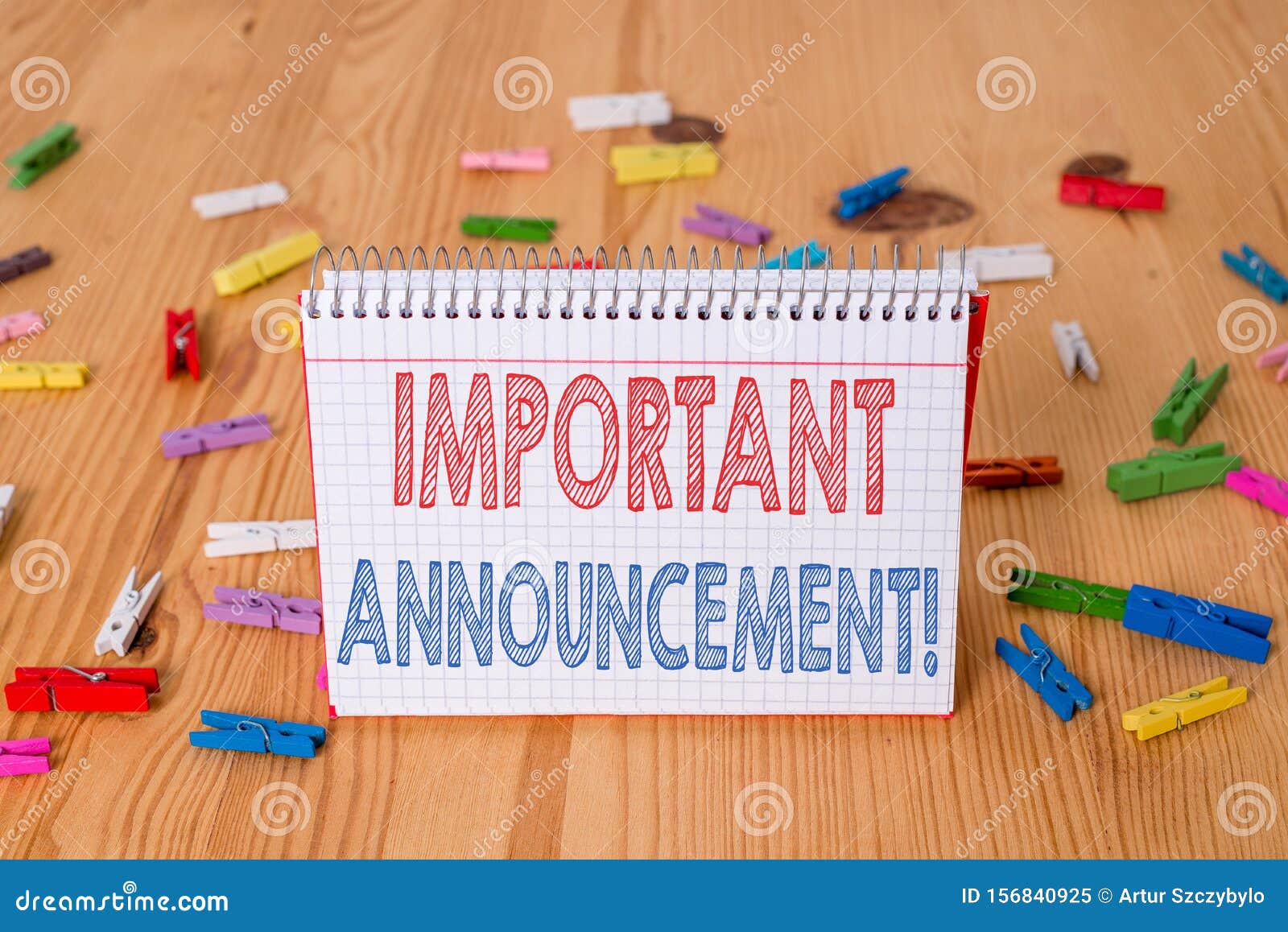

Let’s assume that this image is featured on two websites: the “JMU Special Collections” homepage and in an article titled “ The Use of Protective Equipment in Document Archives.” In the former case, the image description “Two women read a large, old book propped up on wedges,” would likely suffice. Contextual Good alt-text changes based on the context in which an image is presented.

Adding this content makes the alt-text more complete: “Two women read a large, old book propped up on wedges.” “Two women read a book” does not indicate that the two women are looking at an unusually large and likely important book that is handled with care and propped up on wedges. Complete Good alt-text describes important visual information as completely as possible.
#Write text on image full#
For more complicated images such as charts and diagrams, consider using extended alt-text methods such as linking to a separate page with the full image description or typing the full description directly after the image. A step in the right direction would be to delete these components, leaving us with: “Two women read a book” Note that that some would omit gender and use the word "people" instead of "women." Also note that alt-text applied to online images must never be longer than 100 characters. Further, adding such descriptors further delays the user from receiving the most important information: that the two women are reading a book. In our original alt-text example, descriptors about what the two women are wearing or about their hair colors do not add any significant understanding to the meaning behind the image.


 0 kommentar(er)
0 kommentar(er)
